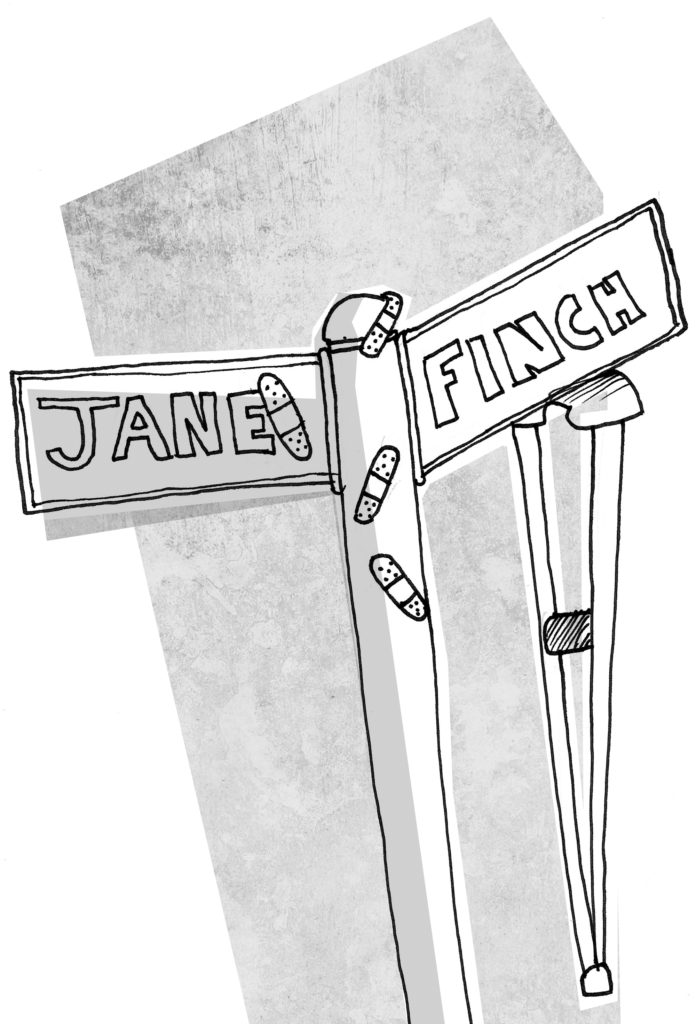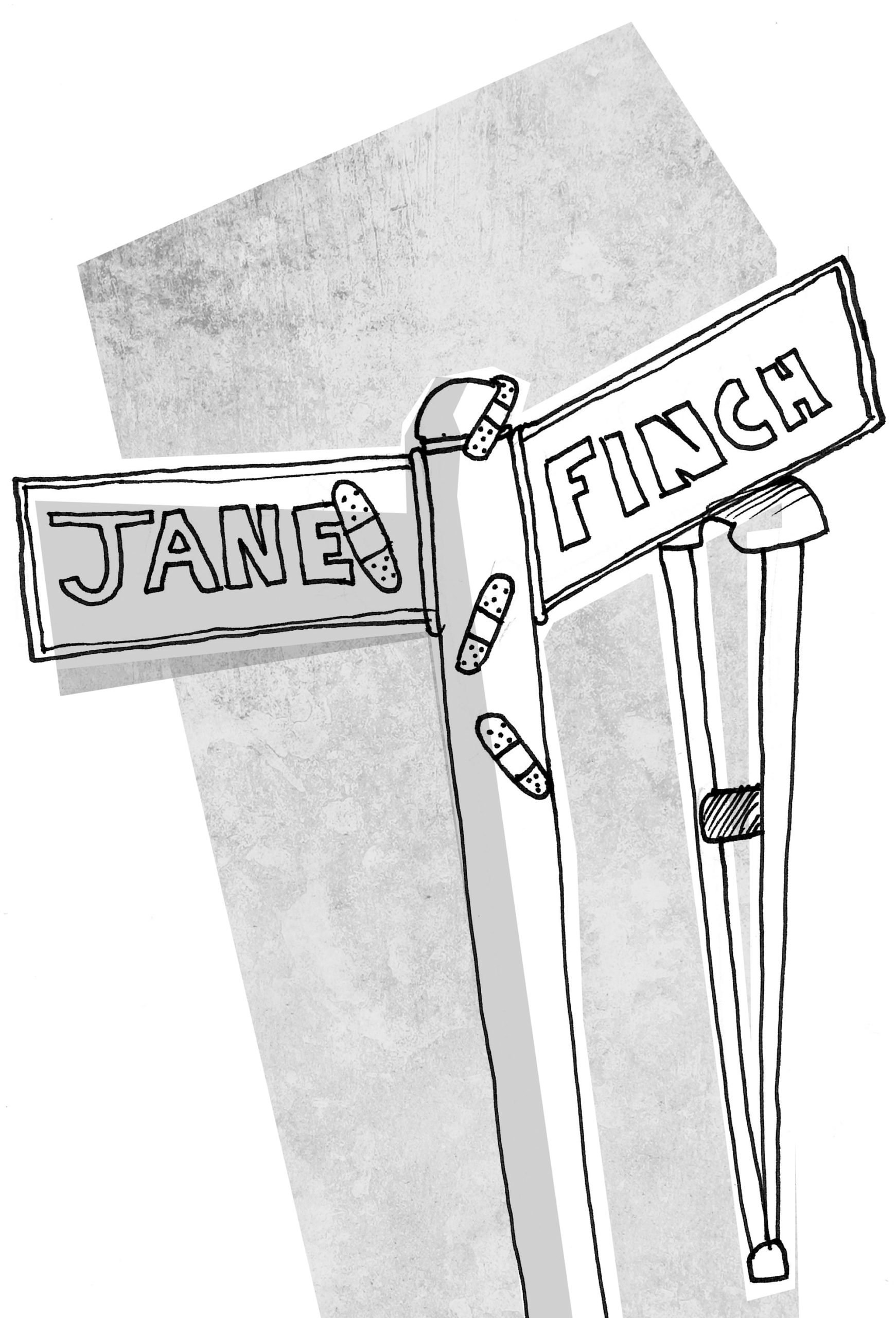Assistant News Editor
@jackieperlin

York’s president, Mamdouh Shoukri announced on January 12, 2012 that about 60 per cent of the METRAC report’s recommendations have successfully been implemented at York.
The Metropolitan Action Committee for Violence Against Women and Children (METRAC) is a safety audit undertaken at the university, listing a number of recommendations to make the campus a safer place. The suggestions include equipping York security with additional personal protective equipment such as handcuffs and batons.
While the strides in implementing the report are without a doubt significant, this announcement comes at a time when York feels as unsafe as ever
Take for example, the 20 robberies over winter break at York, totaling 28 stolen items. Or how about last week, when a “Peeping Tom” was exposed taking pictures of women in the bathroom in Curtis Lecture Hall.
Seeing these things happen has made me question whether the METRAC recommendations report really hit the heart of what causes violence on campus.
Perhaps one must look no further than the geography of our campus.
Many times I have heard that York’s safety issues are merely a result of where the campus is situated. Jane and Finch has grabbed attention as a community plagued with violence, including a rather famous 2005 drive-by shooting that resulted in the death of four people, including a four-year-old boy.
One can easily see, however, that this violence is a result of the systematic problems associated with the neighbourhood.
The neighbourhood was designed in the 1960s to be a place to house families considered low-income and high-need, which resulted in the public housing area known as “the corridor.”
Yet, the social services needed to support this new population failed to be implemented early.
Jane and Finch lacked employment and language services vital to new immigrants, schools were overcrowded, and for a long time there were no community centres.
While some of these issues have been addressed, the neighbourhood is still plagued by problems stemming from the demographics of high rates of unemployment, single parents, and youth and children.
So why hasn’t York placed further emphasis on helping implement changes to a community so close (physically and mentally) to the York community?
Maybe more attention should be placed on having York students volunteer in the neighbourhood or the creation of incentives for students in the community to engage more with services offered on our campus.
There needs to be further outreach into our surrounding neighbourhoods to substantiate real change, and this needs to come from not only York students, but from the York administration.
Don’t get me wrong. The METRAC report and the continued implementation of its recommendations are a huge gain for York’s safety initiatives, and are only bound to improve the campus. But the real change, in my opinion, must come from outreach.



